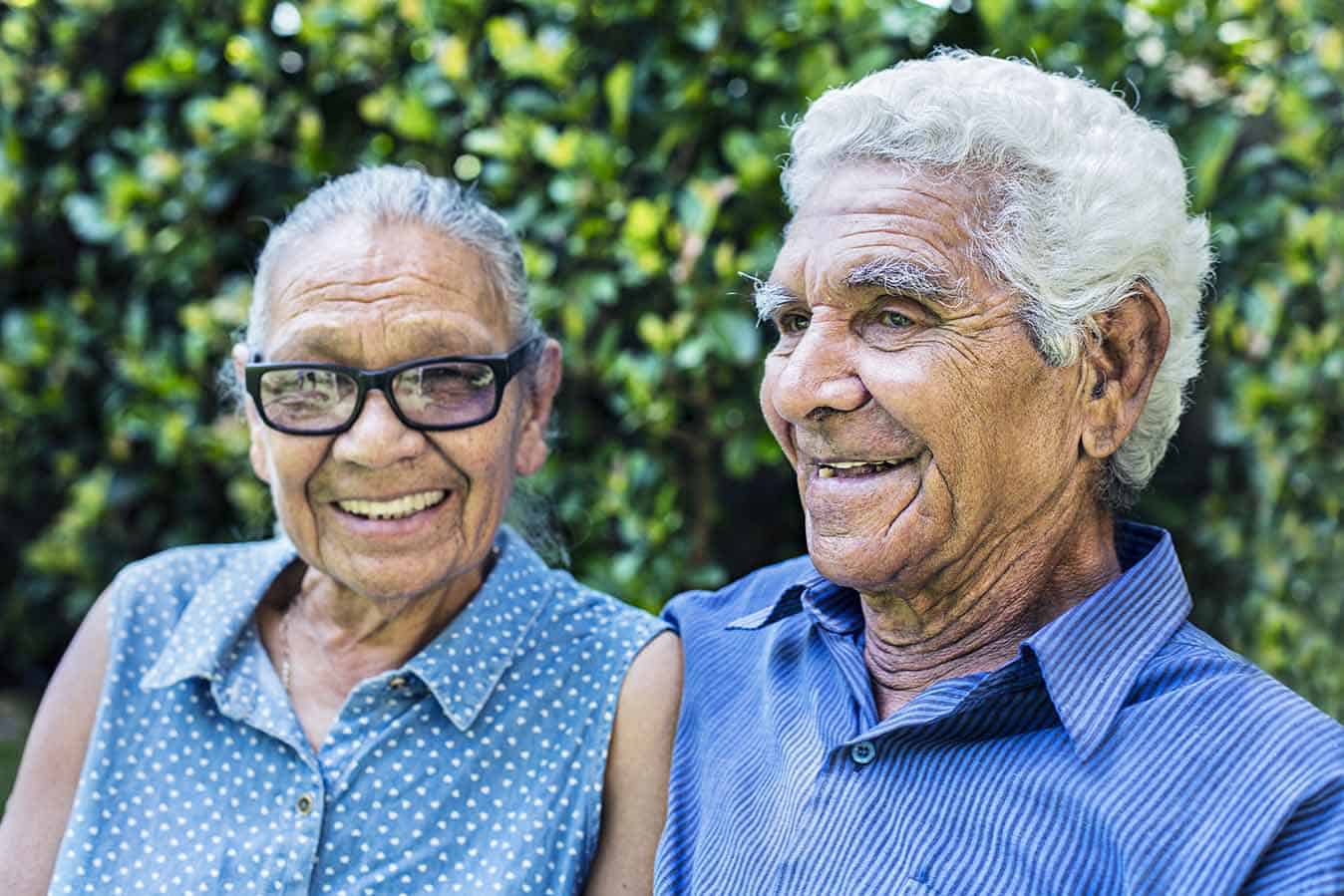The rate of healthy years of life lost due to living with illness or injury and premature death for Aboriginal and Torres Strait Islander people is on the decline, according to a new report from the Australian Institute of Health and Welfare (AIHW).
The report, Australian Burden of Disease Study 2018: key findings for Aboriginal and Torres Strait Islander people, shows that while Indigenous Australians continue to experience higher rates of ‘disease burden’ than the Australian population as a whole, the gap is getting smaller.
The report measured the impact of diseases and injuries in terms of the number of years of health life lost through living with an illness or injury (the non-fatal burden), and the number of years of life lost through dying prematurely from an illness or injury (the fatal burden).
Over the 15 years from 2003 to 2018, it found there was a 15% decrease in the total burden, mostly driven by a 27% decline in fatal burden, with rates of non-fatal burden remaining stable, AIHW spokesperson Dr Fadwa Al-Yaman said.
In 2018, the non-fatal burden accounted for 53% of total burden and fatal burden accounted for 47%. Almost half (49%) of the disease burden among Indigenous Australians could have been prevented by avoiding modifiable risk factors such as smoking and an unhealthy diet.
Indigenous males experienced a greater rate of total burden than Indigenous females in all age groups. In 2018, males experienced 1.4 times the rate of fatal burden experienced by females.
The five disease groups that caused the most burden among Indigenous Australians were mental and substance use disorders (23%), injuries (including suicide) (12%), cardiovascular diseases (10%), cancer (9.9%), and musculoskeletal conditions (8%).
Among non-Indigenous Australians, cancer (18%), musculoskeletal (13%), cardiovascular diseases (13%), mental health and substance use disorder (12%) and injuries (including suicide) (8%) were the leading disease groups.
Additionally, the five individual diseases that caused the most disease burden were coronary heart disease (5.8%), anxiety disorders (5.3%), suicide and self-inflicted injuries (4.6%), alcohol use disorders (4.4%) and depressive disorders (4.3%).
When compared with females, males experienced more than three times the amount of burden due to alcohol use disorders and suicide and self-inflicted injuries, and almost twice the burden due to coronary heart disease. When compared with males, females experienced more burden from anxiety and depressive disorders.
“Coronary heart disease continues to be the leading individual cause of disease burden; however, it has also shown the largest reduction over time—declining 48% between 2003 and 2018. Declines have also been seen in type 2 diabetes, stroke, rheumatoid arthritis, hearing loss, and chronic obstructive pulmonary disease (COPD),’ Dr. Al-Yaman said.
Despite the burden experienced by Indigenous Australians, those born in 2018 can expect to live around 80% of their lives in full health – 56.0 years of the 70.0 years of average life expectancy for males, and 58.8 years of the 74.4 years of average life expectancy for females.
While Indigenous Australians experience disease burden at 2.3 times the rate of non-Indigenous Australians (after adjusting for age), the gap is narrowing.
Detailed findings from the Australian Burden of Disease Study 2018, and a report detailing the burden of disease experienced by Aboriginal and Torres Strait Islander people, are planned for release in early 2022.








